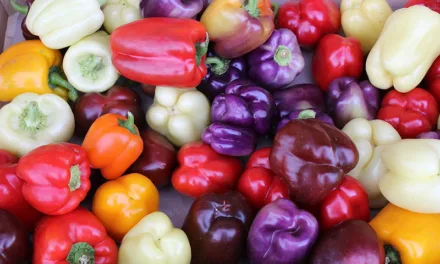A martini is a classic cocktail known for its elegance and simplicity. It is traditionally made with the following ingredients:
- Gin or Vodka: The base spirit can be either gin, which is more traditional, or vodka, which is a popular modern alternative. Gin martinis have a more complex, botanical flavor, while vodka martinis are smoother and cleaner in taste.
- Dry Vermouth: A fortified wine that adds depth and complexity to the drink. The amount of vermouth can vary, with “dry” martinis having less vermouth and “wet” martinis having more.
- Garnish: The most common garnishes are an olive or a lemon twist. An olive adds a briny, savory note, while a lemon twist provides a touch of citrus aroma.
Preparation
To make a classic martini:
- Chill the Glass: Fill a martini glass with ice and water to chill it while you prepare the drink.
- Mix the Ingredients: In a mixing glass filled with ice, combine the gin or vodka and dry vermouth. The typical ratio is about 2.5 oz of gin/vodka to 0.5 oz of vermouth, but this can be adjusted based on personal preference.
- Stir or Shake: Stir the mixture for about 30 seconds if you prefer a smoother texture, or shake it in a cocktail shaker for a slightly more diluted and frothy drink.
- Strain: Discard the ice water from the chilled martini glass, then strain the mixed drink into the glass.
- Garnish: Add an olive or a lemon twist.
Variations
- Dirty Martini: Includes a splash of olive brine, giving the drink a cloudy appearance and a savory taste.
- Perfect Martini: Uses equal parts dry vermouth and sweet vermouth.
- Vesper Martini: Made famous by James Bond, it combines gin, vodka, and Lillet Blanc (or a similar aromatized wine).
Martini Culture
The martini is often associated with sophistication and is a staple of upscale bars and cocktail parties. It has been immortalized in literature and film, most notably by James Bond’s famous preference for his martini “shaken, not stirred.” The martini’s enduring popularity is a testament to its versatility and the enduring appeal of its crisp, clean taste.
Image from Wikipedia






Recent Comments